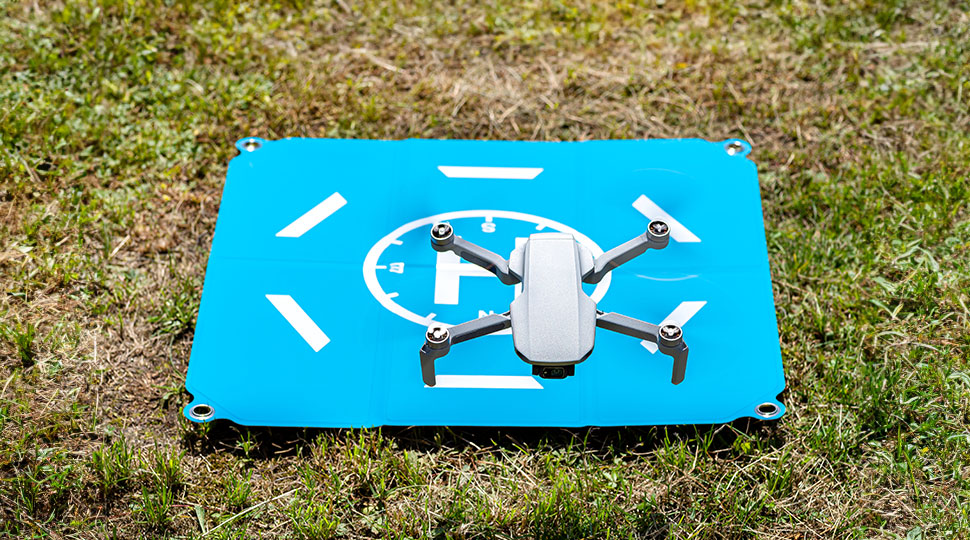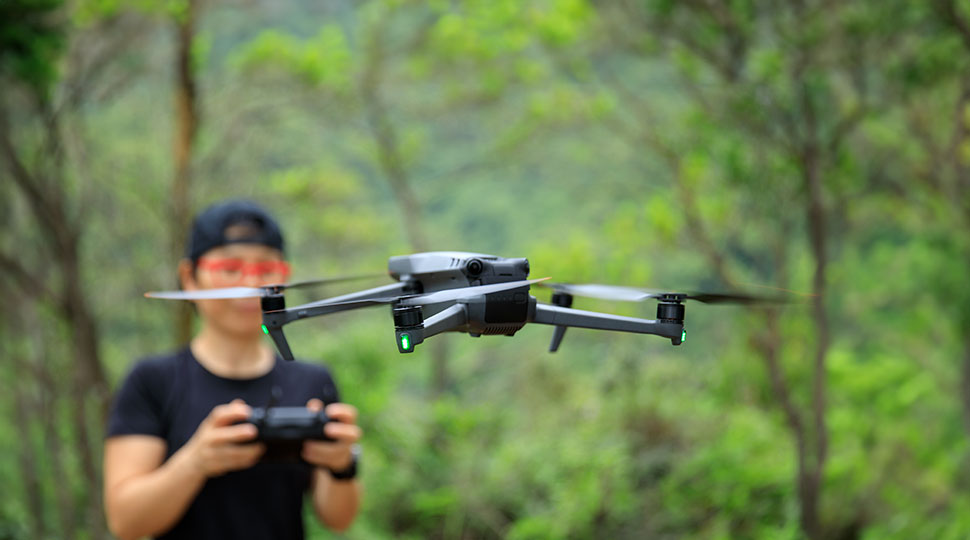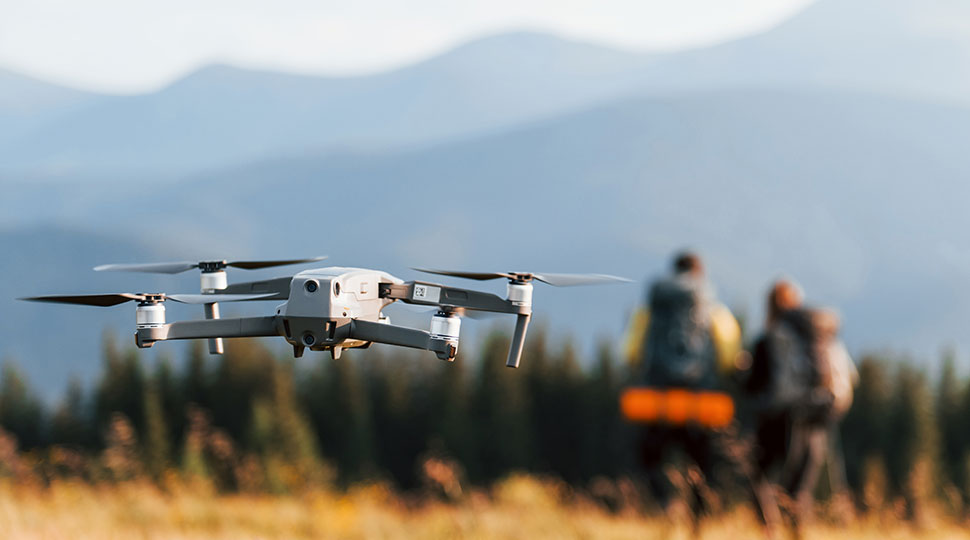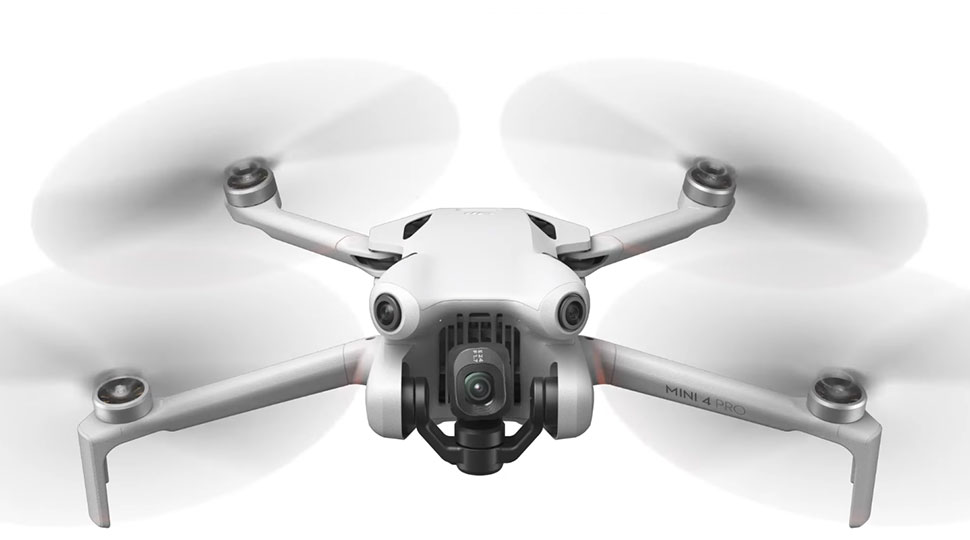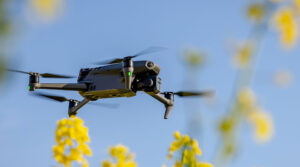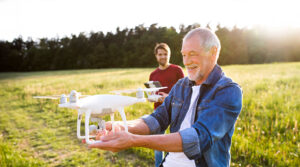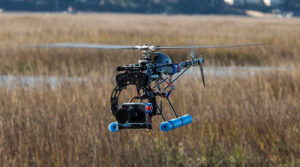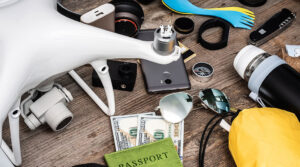Drones have revolutionized the way we capture aerial footage, conduct aerial surveys, and even deliver packages. As technology continues to advance, drone enthusiasts are always on the lookout for ways to boost their devices’ performance, whether it’s increasing flight time, improving camera quality, or enhancing overall control. In this article, we’ll explore five must-have modifications that can take your drone’s performance to new heights.
These modifications will not only upgrade your drone’s capabilities but also provide a more seamless flying experience. From increased battery capacity to advanced GPS navigation systems, we’ll cover the essential upgrades you need to know about to maximize your drone’s potential.
Modification #1: Increase Battery Capacity
Advantages of increasing battery capacity for drone performance
Increasing the battery capacity of your drone is one of the most significant modifications you can make to improve its overall performance. With a higher-capacity battery, you’ll enjoy extended flight times, reduced downtime, and increased flexibility when it comes to capturing aerial footage or conducting inspections.
Steps to increase battery capacity for optimal drone performance
To increase the battery capacity of your drone, you have several options. You can replace the existing battery with a high-capacity one from the manufacturer, purchase a third-party battery upgrade, or even build your own custom battery pack using advanced Lithium-Polymer (LiPo) cells.
When selecting a new battery, look for one that is compatible with your drone’s specifications and has a higher capacity rating (measured in milliampere-hours, or mAh). Make sure to also choose a battery with a high discharge rate, as this will enable faster charging times. Finally, ensure that the new battery is properly installed and balanced to avoid any potential safety risks.
Modification #2: Replace Propellers with Faster Ones
Benefits of replacing propellers with faster ones for improved flight time and speed
Replacing the propellers on your drone can have a significant impact on its overall performance. By upgrading to faster propellers, you can enjoy longer flight times, increased speeds, and more precise control. This is especially important for drones used in applications such as aerial mapping, surveying, or search and rescue operations.
Faster propellers also provide better lift-off and landing characteristics, making it easier to take off and land your drone on uneven terrain. Additionally, they can improve the overall stability of your drone, reducing the likelihood of crashes or accidents.
Tips on selecting the right type of propeller to boost your drone’s performance
When choosing a new propeller, consider the following factors:
The material used: Propellers made from durable materials such as carbon fiber or aluminum are more likely to withstand the rigors of flight and last longer than those made from plastic.
The pitch: A higher pitch propeller will provide more lift, but may also increase noise levels and vibrations. A lower pitch propeller will provide less lift, but may be quieter and more stable.
The diameter: Larger propellers will provide more lift, but may also increase drag and reduce maneuverability. Smaller propellers will provide less lift, but may be more agile and easier to control.
Modification #3: Upgrade Camera Quality
Reasons why upgrading a camera is beneficial to drone performance
Upgrading your drone’s camera can greatly enhance its overall performance. With a high-quality camera, you’ll be able to capture stunning aerial footage with improved resolution, frame rate, and color accuracy. This is especially important for drones used in applications such as filmmaking, photography, or real estate marketing.
How to select the right camera upgrade based on desired results
When choosing a new camera, consider the following factors:
The resolution: A higher-resolution camera will provide more detailed images with improved texture and color accuracy.
The frame rate: A higher frame rate camera will allow for smoother video playback and better motion capture.
The sensor size: A larger sensor size camera will provide better low-light performance and improved depth of field control.
Tips on installing an upgraded camera onto your existing drone model
When installing a new camera, make sure to follow the manufacturer’s instructions carefully. Consider the following tips:
Secure the camera properly: Ensure that the camera is securely attached to the drone to prevent vibration or movement during flight.
Adjust the camera settings: Adjust the camera settings, such as exposure and focus, according to your desired results.
Test the camera: Test the camera thoroughly before using it for professional applications to ensure it’s functioning correctly.
Modification #4: Add GPS Navigation System
Benefits of using a GPS navigation system while flying a drone
Using a GPS navigation system can greatly enhance your drone’s performance and provide more accurate flight tracking. With a GPS system, you’ll be able to fly your drone with greater precision and accuracy, even in areas with poor visibility or heavy obstacles.
Instructions on how to install a GPS navigation system into your current model
Installing a GPS navigation system is relatively straightforward. First, ensure that your drone’s firmware is up-to-date and compatible with the GPS system you’ve chosen. Next, follow the manufacturer’s instructions for connecting the GPS module to your drone’s main board. Finally, calibrate the GPS system by flying your drone in an open area with clear visibility.

Modification #5: Install Additional Sensors
Advantages offered by additional sensors such as obstacle avoidance and auto-landing capabilities
Installing additional sensors can greatly enhance your drone’s safety features and overall performance. Obstacle avoidance sensors, for example, can help prevent accidents by detecting obstacles in the flight path. Auto-landing capabilities can also ensure a safe landing in case of an emergency.
Steps required for installation, including choosing compatible sensors that work well with your current model
When installing additional sensors, choose ones that are compatible with your drone’s existing hardware and software. Consider factors such as sensor type, range, and accuracy when selecting the right sensors for your needs. Follow the manufacturer’s instructions for connecting and calibrating the sensors.
Cleared For Takeoff
Upgrading your drone’s performance requires a combination of strategic modifications that enhance its overall capabilities. By following the five modifications outlined in this article – increasing battery capacity, replacing propellers with faster ones, upgrading camera quality, adding GPS navigation systems, and installing additional sensors – you can take your drone to new heights and unlock its full potential.
Whether you’re a professional drone operator or an enthusiast looking to improve your aerial experience, these modifications will help you achieve better performance, increased safety, and greater versatility. With the right upgrades, you’ll be able to capture stunning footage, conduct complex surveys, and even perform precision landings with ease.
Always follow safety guidelines and manufacturer’s instructions when making modifications to your drone. With careful planning and execution, you can unlock the full potential of your drone and take it to new heights.

